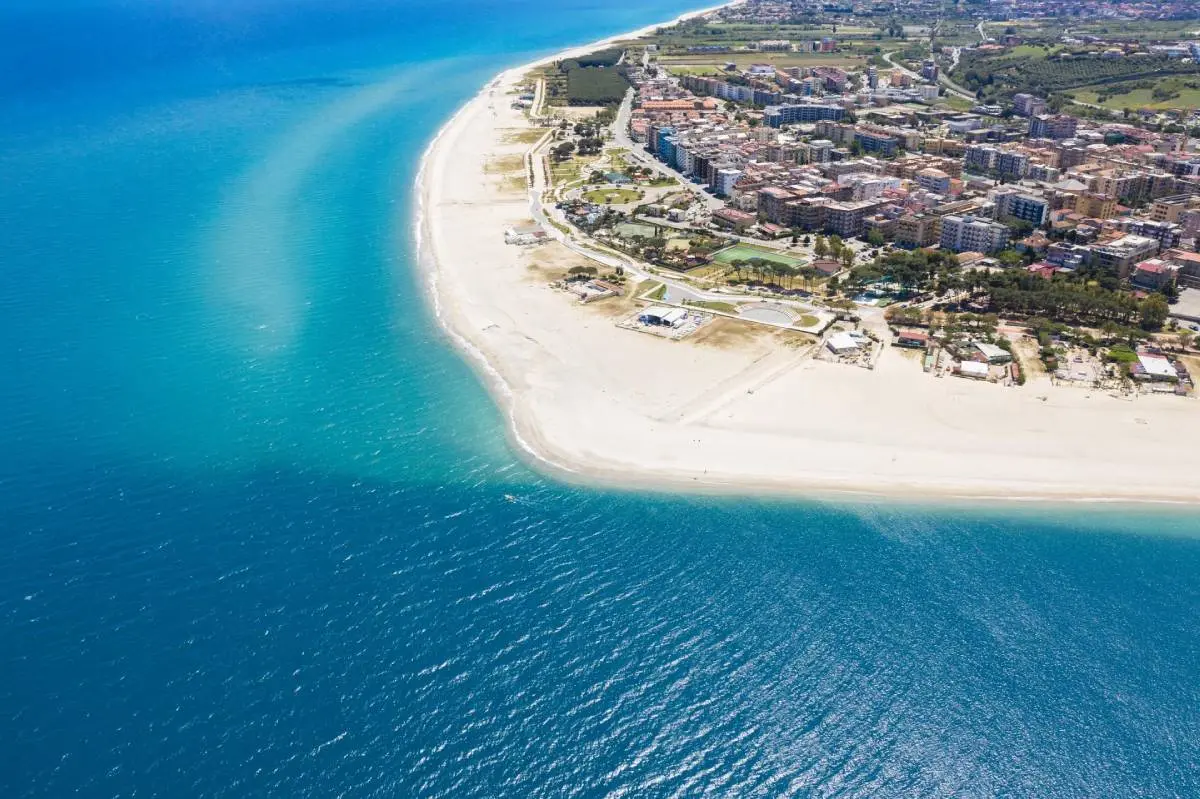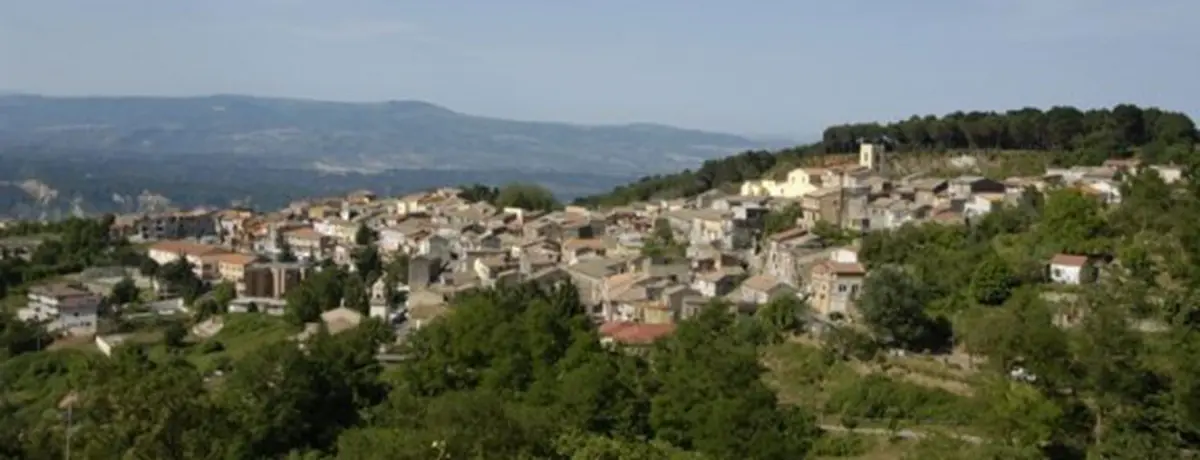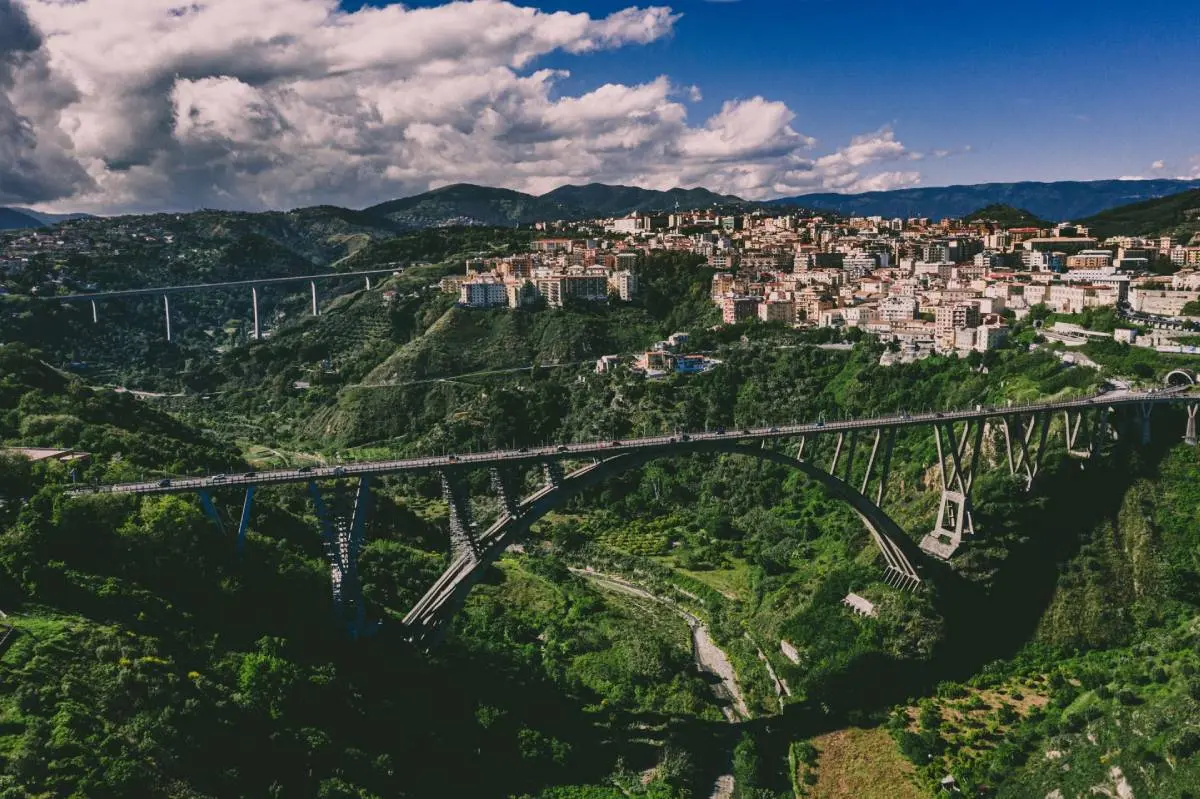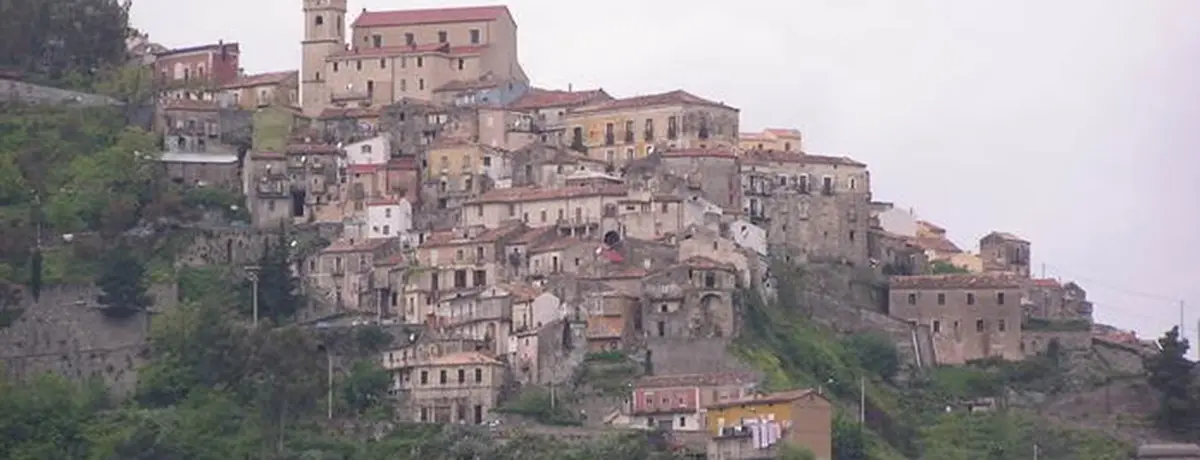San Floro
San Floro, along the Silk Road
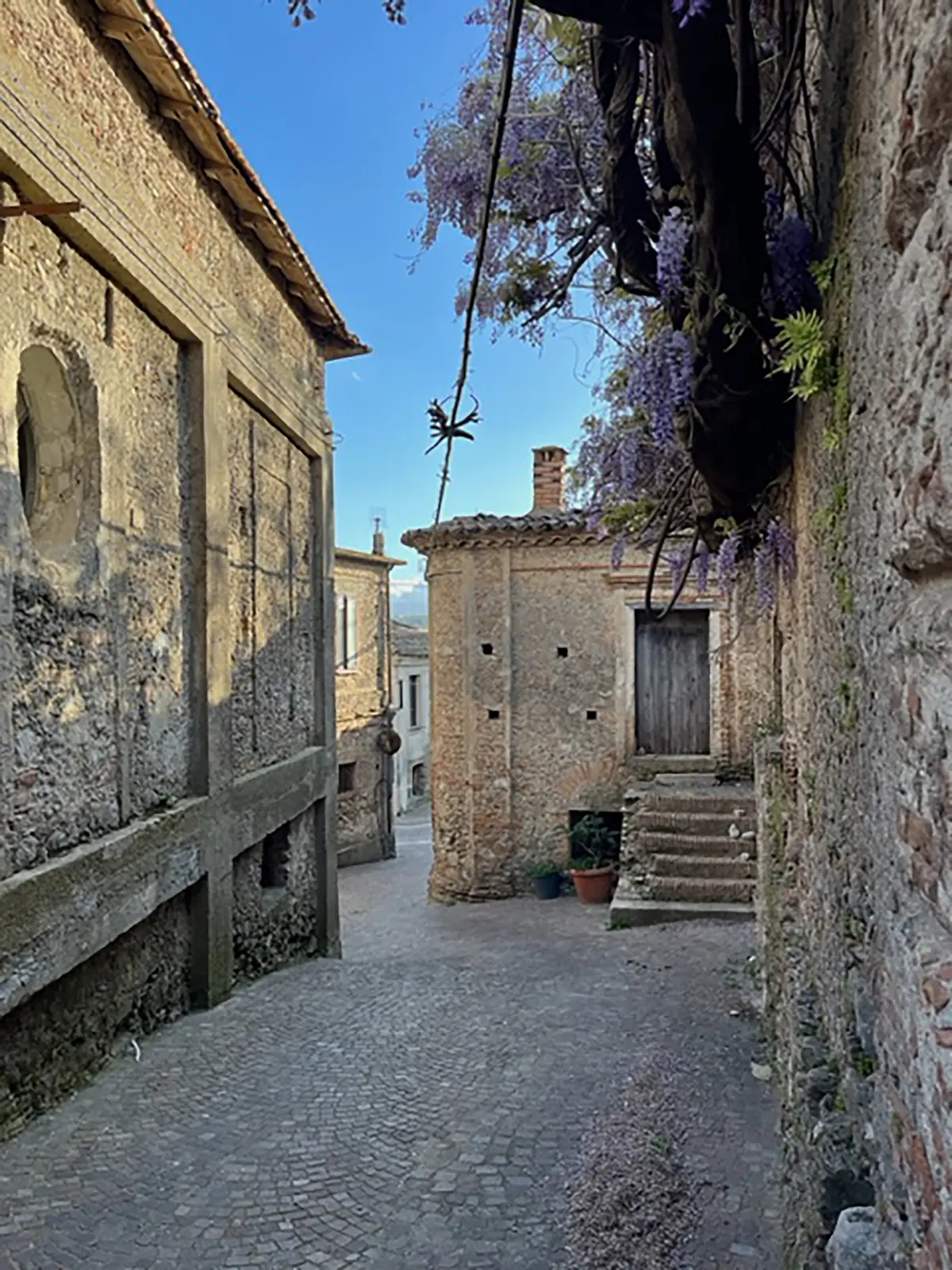
Town
San Floro - Regione Calabria
The small municipality of San Floro, in the Corace Valley in the province of Catanzaro, is surrounded by orchards and olive groves but opens onto the blue sea of the Costa degli Aranci, on the Ionian coast.
Since ancient times, the unique microclimate has contributed to making San Floro a regional hub for mulberry cultivation and, consequently, silkworm breeding, an activity that forms the basis for the production of the prized Catanzaro silk.
Located along a veritable "Silk Road" in Calabria, San Floro has thrived for centuries on this highly prized and distinctive product, transforming it into a virtuous cycle in the present day. An ancient history, which began with the arrival of Greek-Byzantine monks, bearers of silkworms from the East, has evolved thanks to a local cooperative that has restored the production chain and turned it into yarns destined for the world's leading fashion houses. Those who wish to discover the secrets of San Floro silk can visit the cooperative, which is also an educational farm with activities for young and old, and the Silk Museum, housed in the splendid Caracciolo Castle in the historic centre of San Floro.
The castle stands in the main square, which is a panoramic terrace overlooking the Corace Valley, near the Church of St. Nicholas. The museum-factory reconstructed inside displays splendid local silk and ceramic artefacts, as well as the tools used in ancient times to make them, including natural colour pigments, ancient looms and some period costumes made of pure Catanzaro silk. Nature lovers can visit the famous sunflower field on the outskirts of the town, near the old mill that has been restored to working order, and the La Pineta nature reserve.
Useful information
What to know about San Floro
Events
There are 1 events scheduled.
Travel Ideas
There are 3 travel ideas.
Infopoint San Floro
San Floro
No result
